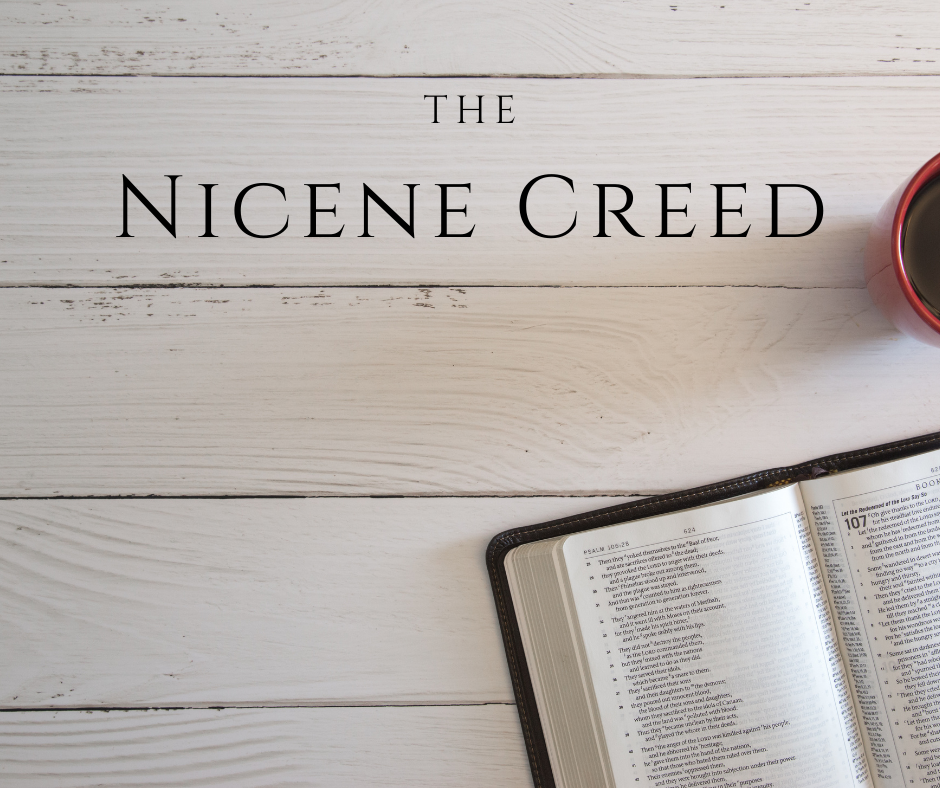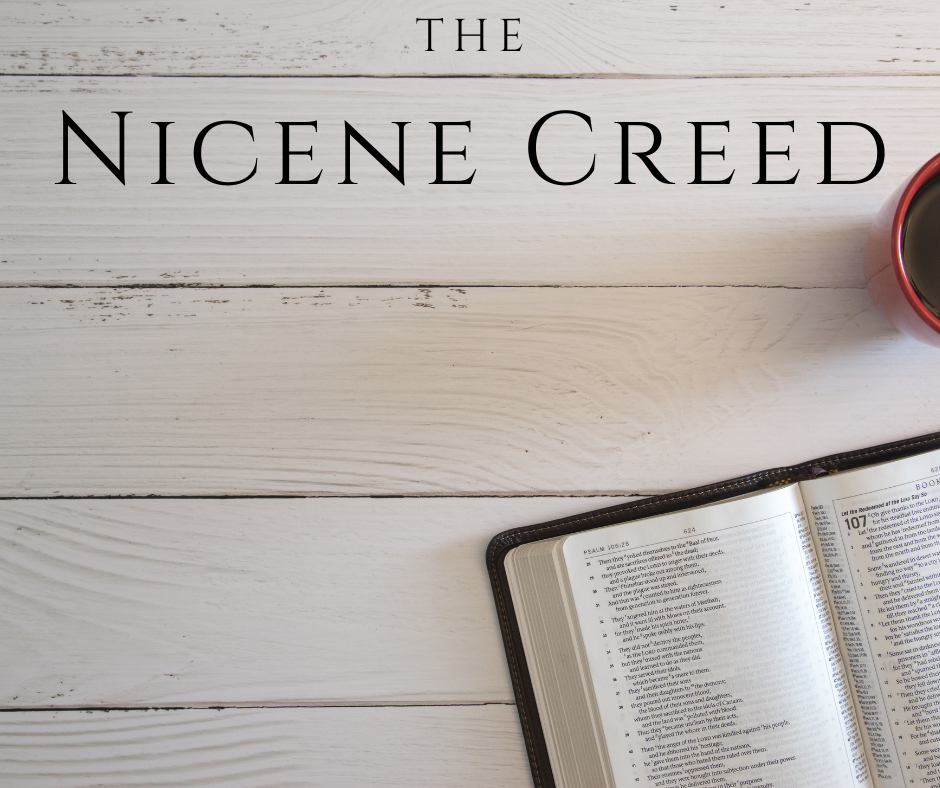A Seed Sown
Mark 4:1-20 Last week we looked at an introduction of parables. The parable of the sower is the example given as the parable to understand other parables. Jesus explained in verse 13, “Do you not understand this parable? How then will you understand all the parables?” The parable of the sower is the first lesson found in the parable textbook. When learning a language, you need to start with A-B-C, Α-Β-Γ, א-ב-ג. You need to understand the basics before moving forward.
He was crucified for us
The Christian cross is a strange symbol for Christians to wear, place on a church, or display in their house. Crucifixion was a form of capital punishment for criminals. We get the word cross from the Latin word ‘crux.’ The form of crucifixion was generally reserved for heinous crimes. Roman citizens would not be crucified because they saw it as too horrific for their citizens. The purpose was not merely to give someone the death penalty but to humiliate them
Parables 101
Mark 4:10-12 Parables are one of the most popular aspects of Jesus' teaching. Even today, people would use the terminology of "Good Samaritan" even if they had no concept of Jesus teaching or the context in which this parable is told. Even as Christians, we know parables well, the prodigal son, the friend at midnight, the wise or foolish builder. However, most of the time, when we know things well, we remember them wrong. This happens all the time with songs
Virgin Birth
The virgin birth was widely received by the church from the beginning, since the rise of higher Criticism, which sought to place modernity higher than the Scriptures. This greatly affected the American church in the late 18th century and the beginning of the 19th century. Although Higher Criticism started in the 17th century, at the turn of the 18th century, the rise in popular thought began to emerge. Higher Criticism seeks to place-specific scientific methods above the Scriptures. These methods
House Divided
Last week we saw the relationship between the crowds and the disciples and Jesus. Both groups follow Jesus in different ways. Today we look at a passage about two other groups and how they explain Jesus' actions. Today we see how Jesus' family treats him, and the Scribes understand how he has the authority to cast out demons. The scene is set at Jesus' house in Capernaum. The crowd has gathered again, so much that Jesus and his disciples are
Made Man
Jesus came down from heaven, as a man. The Son of God, the second person of the Trinity, of one substance and equal to the Father, when the fulness of time came took on flesh, taking on all the essential properties of man, yet without sin. The two whole and distinct natures, the Godhead and Manhood were inseparably joined together yet without composition, confusion or conversion. Which person is very God, and very man, yet one Christ, the only Mediator
The many and the few
Mark 3:7-19 The previous verse spoke of the plot to have Jesus destroyed. For Mark, the movement of a place is often the movement of the narrative. Jesus has shown his authority in his teaching and his healing. The conflict has arisen in the Pharisees, and now Mark shows us some other groups and how they respond to Jesus. Just as the pharisee's respond to Jesus differently than his disciples, the crowd also follows Christ and has different reactions. As Mark
Came down from heaven
One of the most beautiful lines in a hymn that I can get lost in is the hymn, ‘The Church’s One Foundation,’ by Samuel Stone (1839-1900). The line is, “From heaven, he came and sought her.” The Westminster Divines call this Christ’s humiliation. Christ, the Son of God, coming down to our level. He became a man, the creator of all things, stepped into creation. We often think of Christ’s death and resurrection, possibly his ascension, maybe his birth. But






